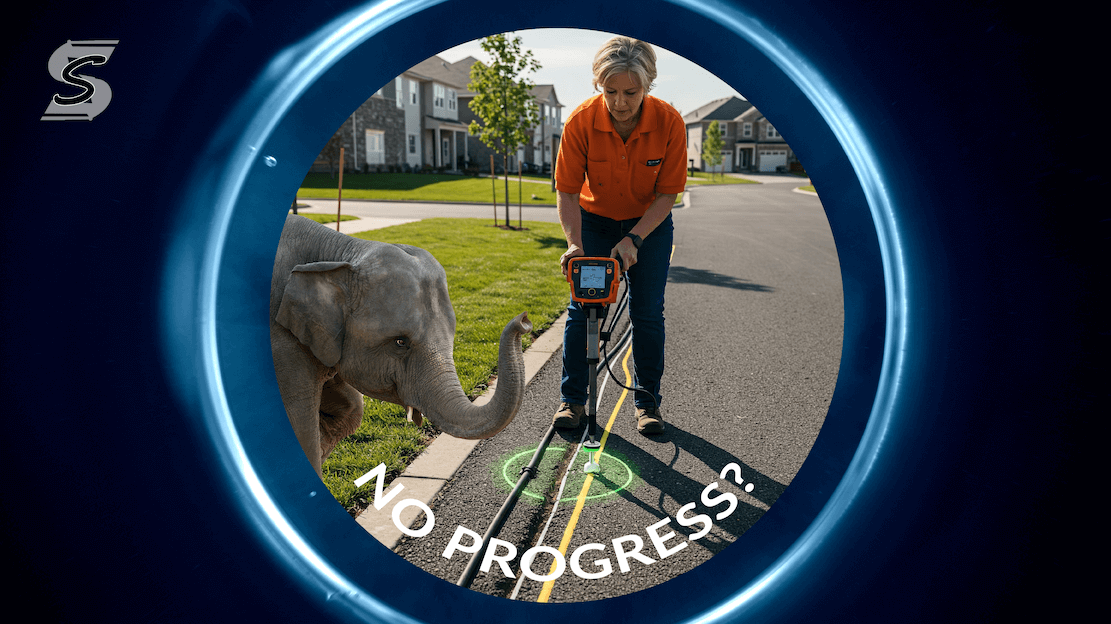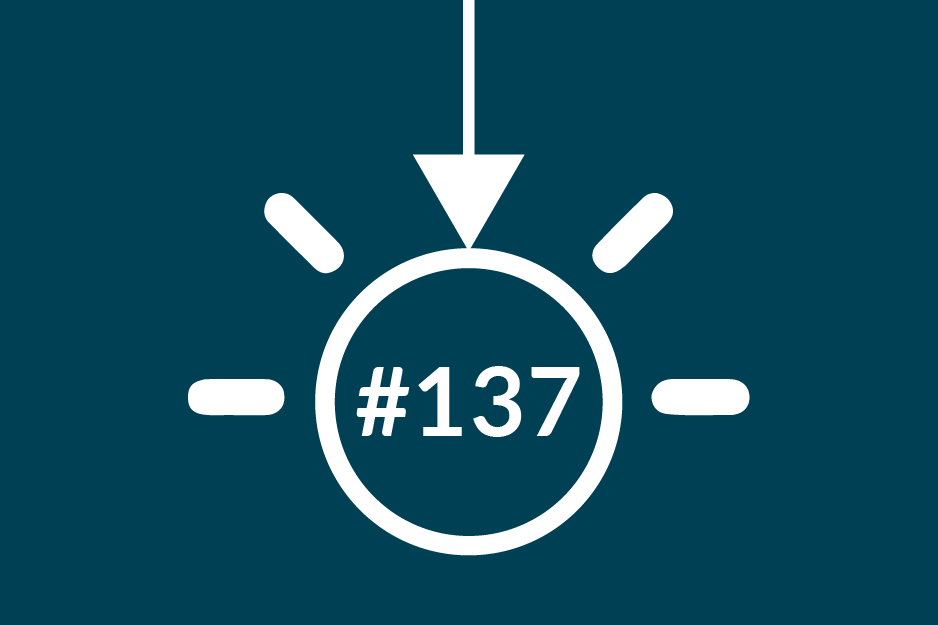Utility Safety: A Video Breakdown
This video on Utility Safety provides essential guidance on safe excavation practices to prevent accidents and ensure utility safety. Here’s a detailed summary of the video to help you understand and apply its key messages.
Introduction
The video begins with a warm welcome and an introduction to the day's topic: utility safety. The host encourages viewers to like the video if they find it useful and to subscribe to the channel for more toolbox safety topics, safety training videos, and leadership training content.
The Golden Rule: Know What's Below
Everyone in the utility business knows the saying: "Don't dig until you know what's down there." The video stresses this golden rule and shares a cautionary note: if you ever start digging and accidentally strike something underground, notify the utility immediately. However, the primary focus is on prevention.
The Hidden Network Beneath Our Feet
The video explains that many utilities are buried underground, including electrical wires, water pipes, sewer lines, telephone wires, cables, and natural gas lines. While burying these lines keeps the area neat and unobstructed, it poses significant risks during excavation. If you fail to properly locate these lines before digging, you may sever them, disrupting power, water, or communications to nearby homes or businesses.
The 48-Hour Rule for Safety
To prevent accidents, the video highlights the importance of planning ahead and calling your local utility locator at least 48 hours before you dig. This service will mark all buried service lines, ensuring you know where to dig safely. Most cities provide a toll-free number for this service. If you’re unsure where to find the number, the video advises checking with your supervisor.
Understanding the Utility Color Code
The video outlines the utility location and coordination council's color code used to mark different types of utilities:
- Red: Electric power lines, cables, conduit, and lighting cables
- Yellow: Gas, oil, steam, petroleum, or other gaseous materials
- Orange: Communications, alarm or signal lines, cables, or conduit
- Blue: Water, irrigation, and slurry lines
- Green: Sewer and drain lines
- Pink: Temporary survey markers
- White: Proposed excavation sites
Knowing these color codes helps you understand what lies beneath and avoid potential hazards during excavation.
Overhead Utilities: An Additional Hazard
The video reminds viewers that not all utilities are buried; some are found overhead. Identifying any overhead lines before starting work is crucial to prevent equipment from coming into contact with them.
Importance of Communication
The video emphasizes the importance of communicating with your local utility locator to prevent injuries and minimize damage. Striking a utility line can damage expensive equipment and cause severe injuries or fatalities. Proper planning and communication are essential for safe operations.
Safety Reminder
As a final reminder, the video highlights the severe consequences of contacting a utility line, which can lead to fatalities. Adhering to proper procedures and utilizing utility locating services are crucial steps in protecting yourself and others.
Conclusion
The video wraps up with a call to action: if you found the content useful, give it a thumbs up and subscribe to the channel for more safety and leadership training videos. The host encourages viewers to take care of themselves, look out for their coworkers, and apply these safety practices in the field.
By following the guidelines presented in the video and maintaining constant awareness, you can ensure a safe and efficient work environment. Remember: "Don't dig until you know what's down there."







